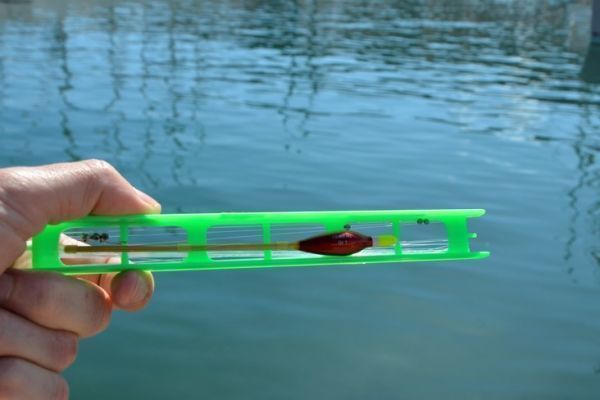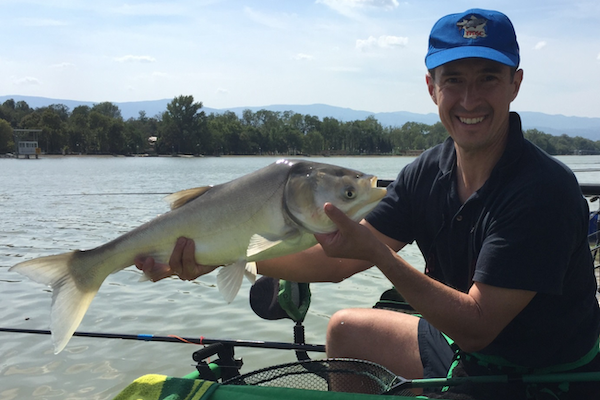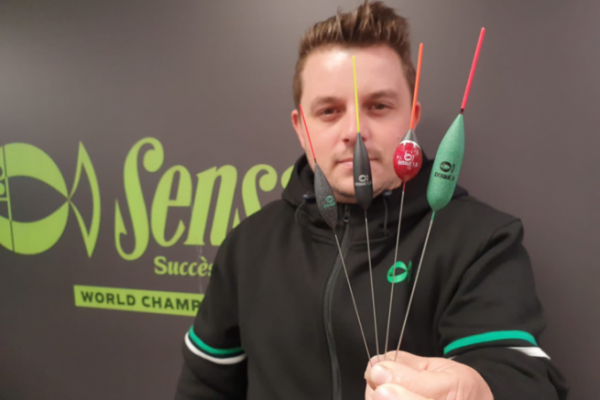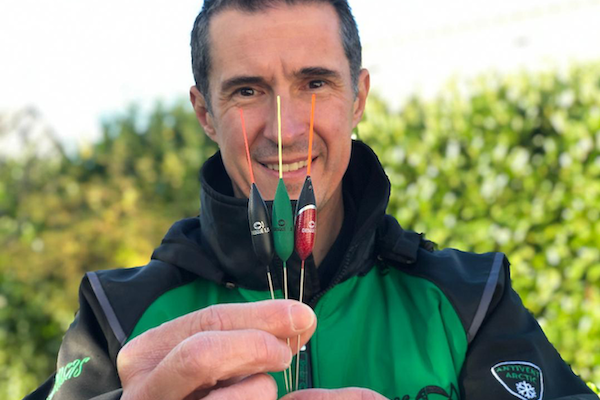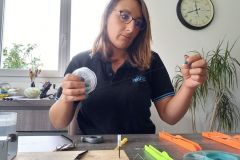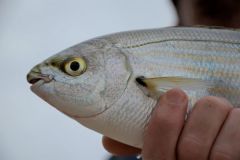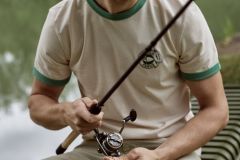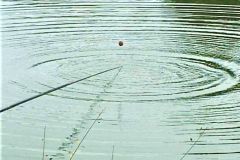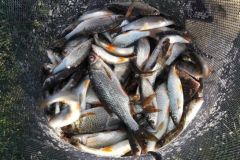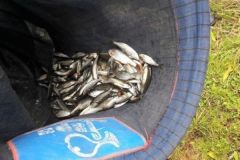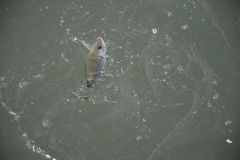A good antenna for greater efficiency
The bite is characterized by the visual representation of a movement of the float tip, and can take two forms. Either (and this is the majority of cases) it is said to "sink" when the tip penetrates the entire surface of the water, or it is said to "rise" when the fish raises the sinker. This results in a vertical movement of the float which is not always easy to perceive.
The touchdown then determines the precise moment at which shoeing must be carried out. To do this, the tip must meet 2 relatively opposite criteria: it must be sufficiently sensitive so that the fish doesn't feel too much resistance and be perfectly visible so that the angler can act with total certainty. The choice of tip must therefore be made with the utmost care, otherwise you'll be faced with a large number of missed bites or unhooked fish.
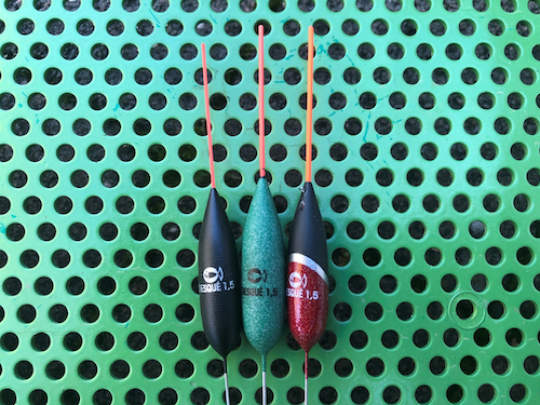
4 antenna materials with different properties
With their very specific properties (which I'll describe below), 4 main types of antenna are available on the market. You'll find floats with metal, fiberglass, solid plastic or hollow plastic antennas.
1) The metal antenna
Particularly thin, the metal antenna is both extremely sensitive and inconspicuous. Its diameter is generally between 0.4 and 0.8 mm, which generates very little lift. The bait to use with this type of antenna is mainly the bloodworm or pinkie. Indeed, a heavier bait would cause the antenna to sink untimely.
The metal tip is therefore preferable for all "technical" fishing on the bank or at mid-distance where fish are particularly wary.
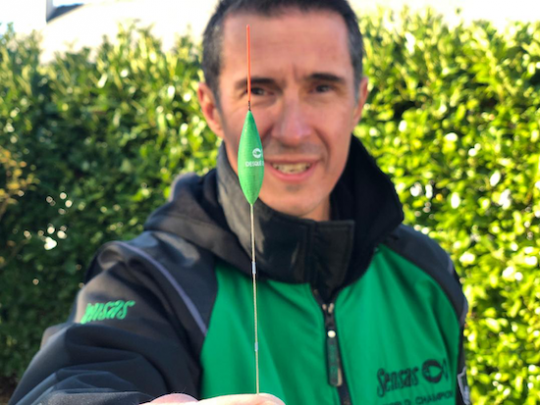
2) Fiberglass antenna
Fiberglass antennas are generally between 0.5 and 1 mm in diameter. Just as sensitive (for the same diameter) as the metal antenna, it is also much more visible. This type of antenna can therefore be used for all fishing for small and medium-sized biting fish, from shore to mid-distance, and even with a big rod if conditions are not too unfavourable.
Smaller baits such as bloodworms, pinkies or maggots (for larger diameters) are preferable as the lift of the antenna is relatively low.
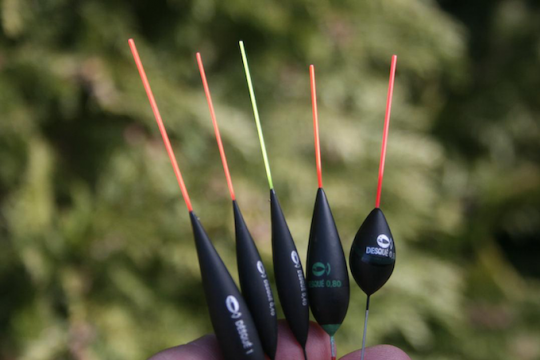
3) Solid plastic antenna
The solid plastic antenna is unquestionably the most widely used. Its diameter, generally between 0.6 and 1.2 mm, gives it good sensitivity and, above all, excellent visibility. All types of bait can be used with floats fitted with this type of antenna (bloodworms, pinkies, maggots, small earthworms).
Tinted in the mass, the solid plastic antenna can be painted with a black marker and returned to its original color after a simple wipe with a cloth soaked in acetone (or nail polish remover).
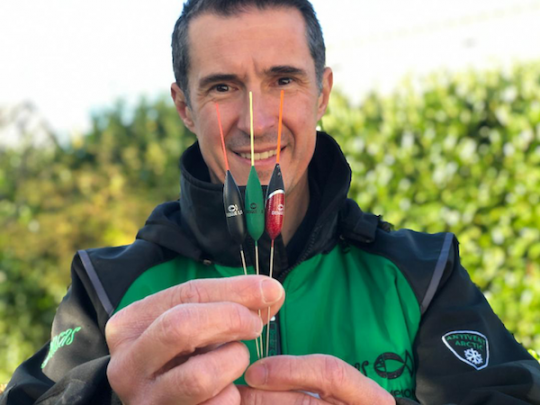
Tip : As visibility can sometimes change during a fishing trip, I always keep a small vial filled with nail polish remover nearby.
4) Hollow plastic antenna
With a larger diameter (1 to 2 mm and more), the hollow plastic tip provides excellent visibility, superior lift but also lower sensitivity. This type of tip should be reserved for fishing with biting fish and/or in extreme conditions (poor visibility, wind, etc.). The biggest advantage of this type of tip is its lift, which gives it greater resistance to sinking, making it easier to distinguish the "real" bite. I often use this type of antenna in the presence of waves or when the density of fish is high.
Trolling (which sometimes generates "false" bites) and the use of "bulky" baits, as is often the case when fishing for catfish, also requires this type of tip.
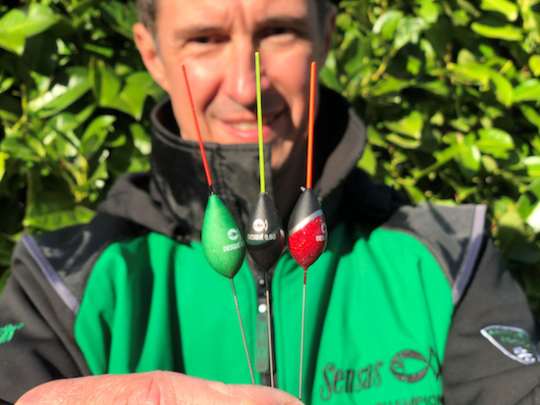
A float with a hollow plastic tip like the "Luigi" (right) is preferable for all fishing where good lift is required.
These 4 antennae have different properties, so it's easy to understand why their choice is essential if you want to optimize your fishing trip.
However, since nothing is ever really set in stone when you're fishing (variable wind, waves, changing baits as required, etc.), it's sometimes necessary to modify the line balance to make the tip more (or less) visible or more (or less) sensitive. My trick is to always place a few square pens above the lead mass of each of my lines. These allow me to adjust the balance of my lines without modifying their mechanics. If necessary, I can then easily remove or add more with a small pair of pliers.

All the elements to be taken into account are now fixed. Now it's up to you to work out the subtleties so as to optimize your future fishing trip.


